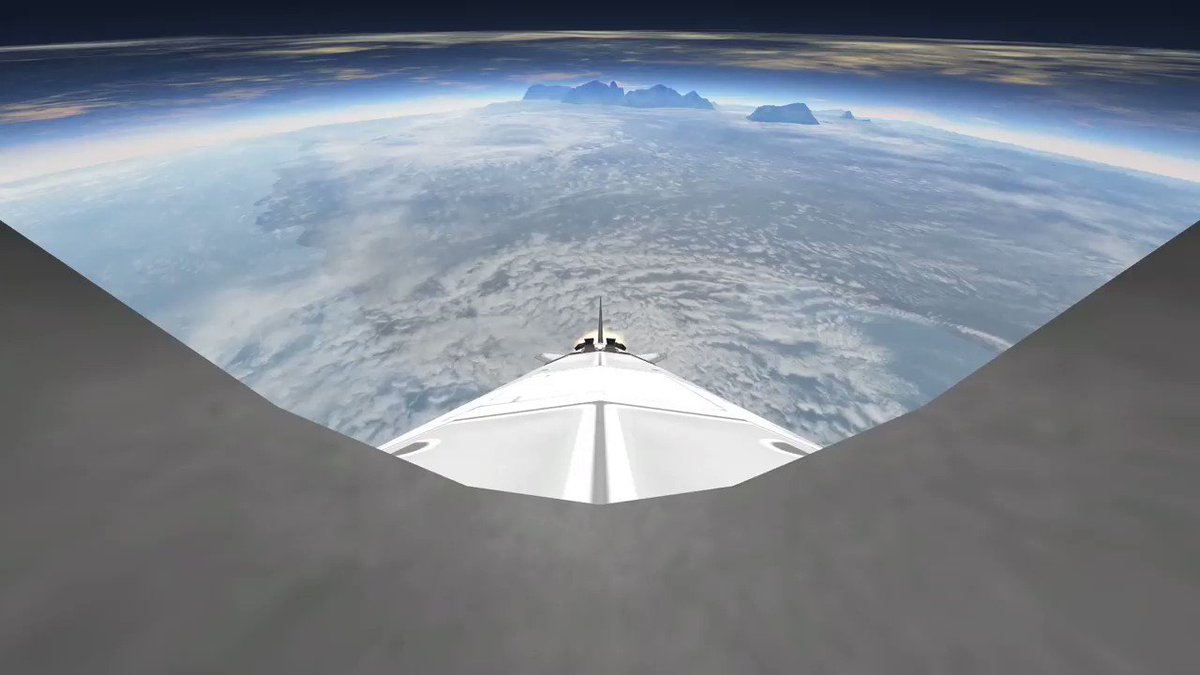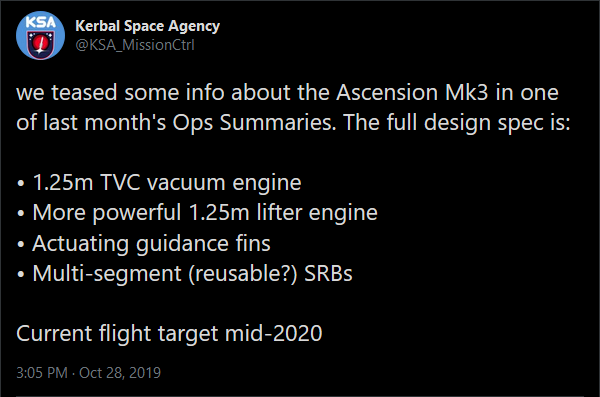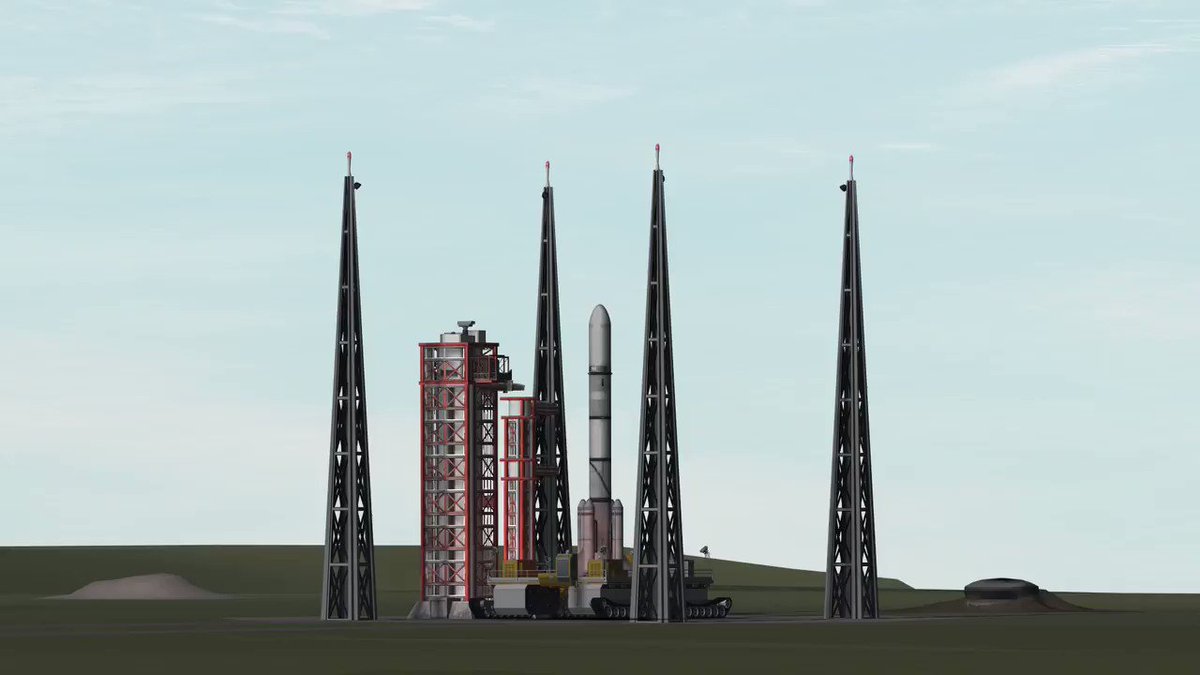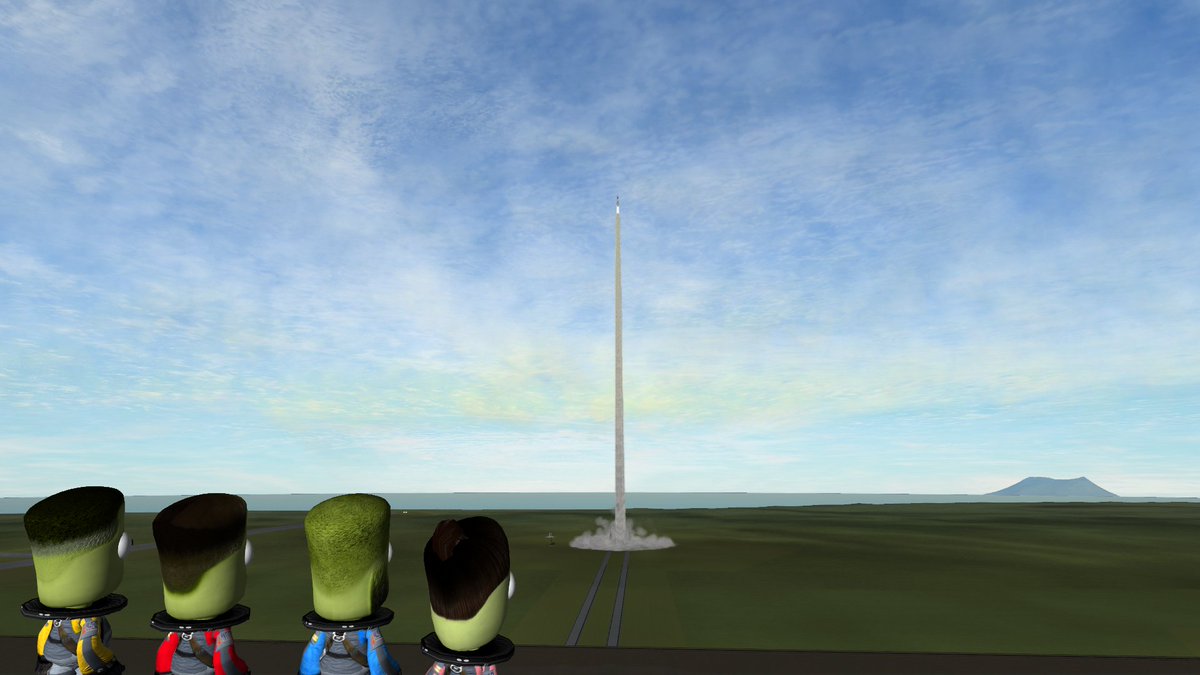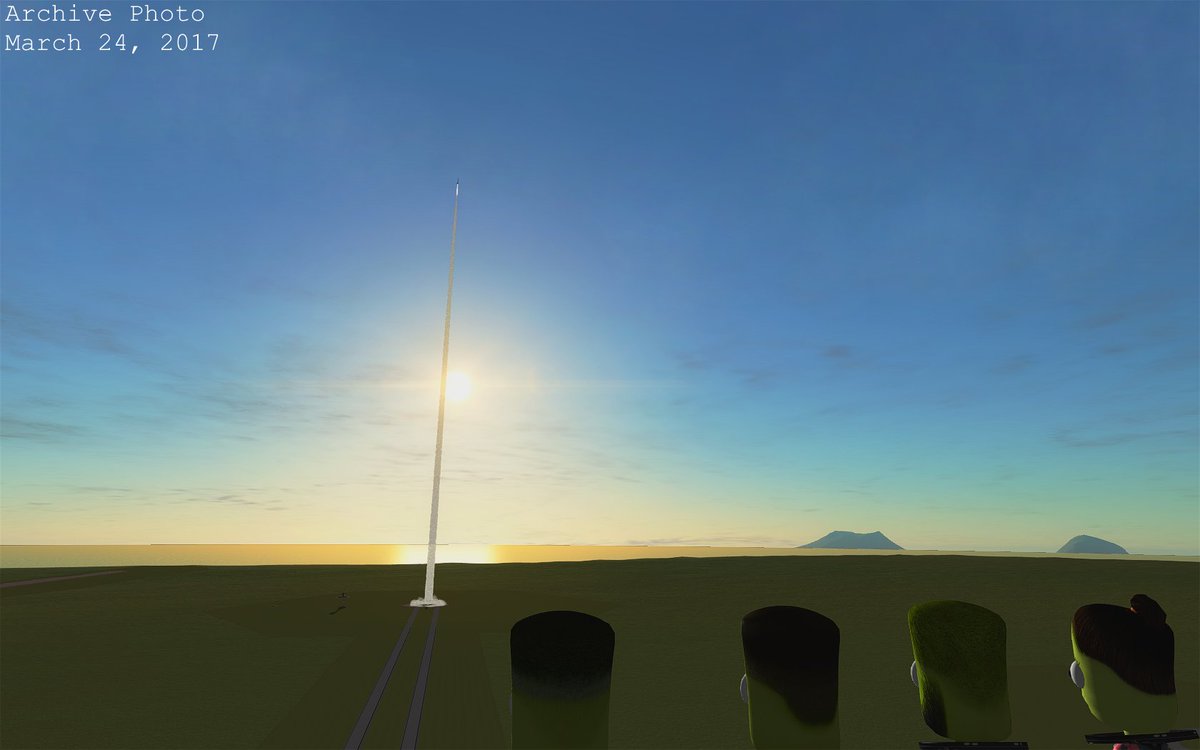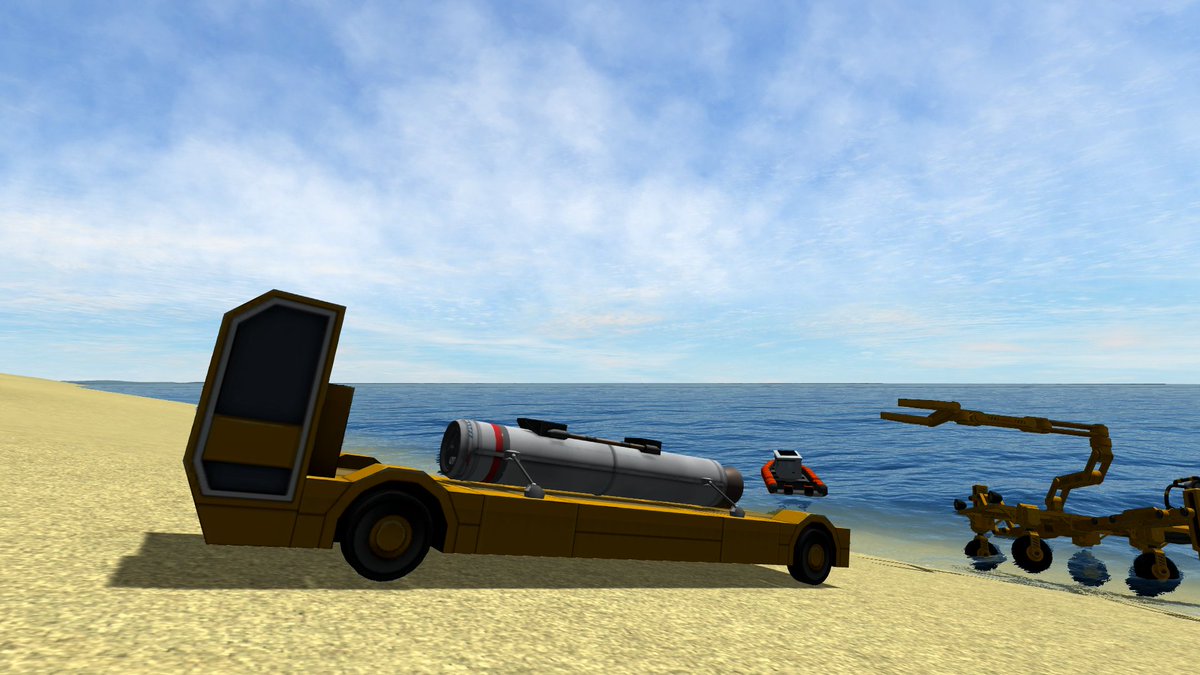 Launching back at the start of this week after being delayed for several days the latest flight of the Progeny Mk6 Block I saw a return to successful mission outcome after carrying material and biological samples through the inner radiation belt. The cause for the delay was thanks to the Monolith, which appeared to be able to generate a strong localized electrical storm. We believe at this time the storms are a response to us sending a rocket outside the planet’s magnetosphere. Although it did not directly damage the rocket thanks to the Ascension service towers serving as lightning rods, it still prevented the launch from occurring. Several attempts were made to bring the countdown to L-0 before finally just waiting for the storm to run out of energy. Lead Scientist Cheranne’s team has spent the past week working with meteorologists on examining the properties of the storm and coming up with a possible means of preventing it for future launches.
Launching back at the start of this week after being delayed for several days the latest flight of the Progeny Mk6 Block I saw a return to successful mission outcome after carrying material and biological samples through the inner radiation belt. The cause for the delay was thanks to the Monolith, which appeared to be able to generate a strong localized electrical storm. We believe at this time the storms are a response to us sending a rocket outside the planet’s magnetosphere. Although it did not directly damage the rocket thanks to the Ascension service towers serving as lightning rods, it still prevented the launch from occurring. Several attempts were made to bring the countdown to L-0 before finally just waiting for the storm to run out of energy. Lead Scientist Cheranne’s team has spent the past week working with meteorologists on examining the properties of the storm and coming up with a possible means of preventing it for future launches.
The Flight
Once the rocket was finally able to be launched, an issue occurred right at the moment of lift off when the mission script thought the rocket had landed, cutting off all telemetry data being sent to Launch Control and being logged onto the rocket’s hard drive. Controllers were still able to use the Tracking Station and the range vessel to follow the flight via RADAR to gain basic information about the rocket’s status and the Range Safety Officer was able to maintain visual in the early ascent thanks to clear skies so the self-destruct was not activated. Because controllers did not want to risk crashing the computer during ascent, it was not until tracking reported MECO that they began to work on an instruction patch that would re-enable the data logging.
Thankfully the lack of telemetry data did not affect any of the rocket’s operations during the mission. As soon as it reached space the lower sample bay was opened until the rocket neared the inner radiation belt. Usually this would be at around 350km, and the rocket was still programmed as such, but since we were forced to launch at night this meant the radiation belt was actually as much as 100km higher. Still, the rocket had taken a slightly more vertical ascent than was expected and so was traveling more than high enough to still reach the inner radiation belt, which is where the top material bay saw its exposure.
Passing through an apokee of 522km at L+10m34s the sample bays reversed exposure on the way back down, with the upper bay closing below 350km while the lower bay re-opened and stayed that way until 100km. Upon entering the atmosphere at L+19m38s both payload bays were confirmed to be closed and locked. Plasma blackout occurred shortly afterwards and the rocket dropped below the horizon before we were able to regain contact.
Several hours later the recovery vessel was able to contact us to report they had found the rocket intact floating on the ocean surface 192km downrange from KSC.
Flight Telemetry Data | AFCS Repository
Flight Analysis
Overly Vertical Ascent
Unfortunately the loss of telemetry data during the ascent has forced analysts to derive what data they could from the RADAR returns logged by the Tracking Station and range vessel. It doesn’t tell us the rocket’s exact pitch but taking a look at its entire ascent profile we can determine that it left the pad standing slightly upright rather than beginning to pitch over immediately. The conclusion is that the rocket had just enough of a change to its center of mass that it behaved differently than the majority of the Mk6 Block I’s which carried the same payload arrangement of two trusses. In fact the same could be said of the previous Mk6-I launch that struck the launch base top rail – it was more than a sticky release actuator, the rocket pitch up brought the lower booster closer to the rail than previous launches.
Telemetry Log Error
This was an error that could have happened during almost all of our launches using the AFCS but only now have software engineers realized it was there the whole time. This line of code was ultimately responsible and it just so happened to be executed before the rocket was launched. We’re talking a difference in microseconds here and a small chance of operational execution being ordered in a certain way. In fact no one really considered it was possible for that instruction to be executed before the rocket realized it was in flight. A simple fix, thankfully, that will be implemented in the next version of the mission ascent code.
Future Plans
Lead Scientist Cheranne and her team are making surprisingly good progress at convincing religious leaders to install heavy-duty A/C units in the Monolith temple. If they are allowed to do so, the plan is to chill the inside of the temple to below 0°C and hopefully trick the Monolith into thinking the air is so cold that no heat energy exists to form a storm in the area. It really is our best shot at this time, and will hopefully be setup before the next launch.
The next flight of the Progeny Mk6 will come at a financial loss, but we still very much want to provide the scientific community the data that has failed to be returned from the Mystery Goo units twice now. Third time is the charm? We will find out when the rocket launches on March 5th, 18:10 UTC.
Next week we will reveal the first details of the Progeny Mk7!









